With the club footed horse, the first thing to understand is that the horse has a deformity and as such it is always going to need a high degree of hoof maintenance, for the term of its natural life To identify the club foot we must know what is considered 'normal' and then compare the differenceExplore LISA's board "equine clubfoot" on See more ideas about horse health, equines, horse care tipsTendency of Foals to Develop Club Foot due to Conformation From the November EVJ This study concludes that close to half of foals can develop clubfooted tendencies early in life due to their conformation The full text of the study is available online at the journal's website with a subscription NL3584 CM Utrecht, The Netherlands
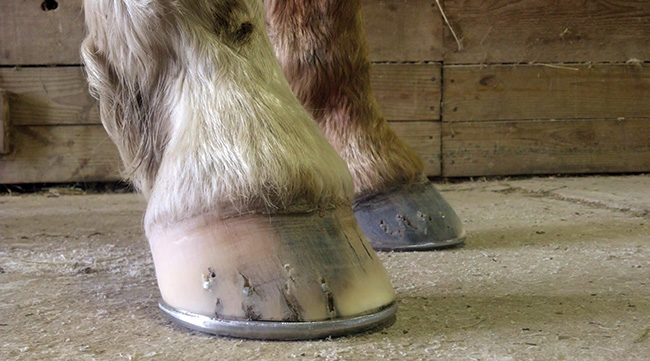
Hoof Care Email Q A American Farriers Journal
Club foot horse grades
Club foot horse grades-Slip On Breathe Mesh Walking Shoes Women Fashion Sneakers Comfort Wedge Platform Loafers 41 out of 5 stars 43,106 Limited time deal $2973 $29 73 $7099The problem with club foot is abnormal forces generated in the hoof The natural concussion dampening of the lower limb is lost Grade 1 Three degrees greater angle than the opposite, pronounced coronary band Grade 2 Growth rings, broken forward Grade 3 Dorsal hoof wall is obviously concave Grade 4 Angle greater than 80 degrees will
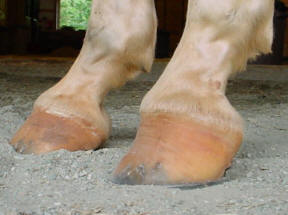



Club Foot
Clubfeet are classified in four grades, depending on severity, with Grade 1 being the mildest form and Grade 4 being severe Treatments range from therapeutic farriery to surgeryWritten and presented April 12 by RF (Ric) Redden, DVM To better understand the club foot syndrome, we must be familiar with the mechanical formula and how it greatly influences the various degrees of hoof capsule distortion and bone remodeling associated with this syndrome There appears to be a direct relationship between the degree of tension increase or contributive In the horse, hoof growth is dictated in large part by weight distribution If a horse puts more weight on the inside of a hoof, the blood is pushed to the opposite side of the foot causing faster growth and wearing down the weighted surface at a faster rate With respect to the club foot, the heel of the affected foot grows faster and the hoof
Club foot refers to a tendon flaw that causes the hoof to be very upright Often, club foot affects both front legs with one being more severe than the other Club foot can occur before or after birth in foals After birth foals acquire club feet when the bones grow faster than the tendons Treatment varies with the age of the horse and Stay uptodate on the latest news about your horse's health with FREE newsletters from TheHorsecom Topics include Nutrition, Soundness & Lameness, Equine Behavior, Farm & Barn, Older Horse CareGrade 4 Foot is severely dished Extreme contracture of hoof and heels are pinched together When a horse has a club foot, the horse is reluctant to take up the lead on the affected foot Horses are either right handed, left handed, or ambidextrous
Grade 0 A sound horse Grade 1 Lameness that is difficult to observe and is not consistently apparent Grade 2 Lameness that is difficult to observe at a walk or when trotting in a heels, club foot, sheared heels, and overgrown hooves The condition might occur in all four feet, only one foot, or only the front and/or rear(b) moderate feet, socalled "soft > stiff feet," grade II (reducible but partly resistant, with aEquine Club Foot The equine club foot is defined as a hoof angle greater than 60 degrees What we see externally as the equine clubbed foot is actually caused by a flexural deformity of the distal interphalangeal joint (coffin joint) Causes include nutritional issues, heredity, position in the uterus or



Is Your Horse Shod Right



Equine Podiatry Dr Stephen O Grady Veterinarians Farriers Books Articles
Link Casey, Instructor at Casey & Son Horseshoeing School Unedited REAL footage featuring a horse brought to the school Explaining the angles, the shoulder If clubfoot was identified, the hoof was given a grade from 1 to 4, least to most severe Management information of each farm was noted, including stabling, paddocks, nutrition, and hoof care Differences in the average inbreeding coefficient between affected and healthy animals, between sexes, and between shod and unshod horses were calculatedThere are four grades of club foot Grades 1 to 4 as follows Grade 1 – Only note a difference in the hoof angles that returns with each trim Grade 2 – Greater difference in hoof angles, growth rings begin to change There is an air gap (space between the bottom of the heel and the ground bearing surface heel does not fully weight bear/load on the ground




Club Foot In Horses Brian S Burks Fox Run Equine Center Facebook



Club Feet The Brutal Truth David Farmilo
A horse with club foot has one hoof that grows more upright than the other The "up" foot is accompanied by a broken forward pastern, that is, the hoof is steeper than the pastern (Photo 1) In a normal foot, the hoof capsule and the pastern align Radiographs will show that the boney The malady known as 'Club Foot Syndrome' (CFS) is a genetically transmitted conformation defect affect one or both front feet The condition is prevalent in "Hot Blood" and 'Warm Blood" species, however, "Cold Blood" and "Purebred Ponies" seem to have escaped the anomaly Treatment of CFS Grades 3 & 4 in older horses is CLUB FOOT 8 CLUB FOOT Definitions Talipes Talus = ankle Pes = foot Equinus (Latin = horse) Foot that is in a position of planter flexion at the ankle, looks like that of the horse Calcaneus Full dorsiflexion at the ankle 9




Shoeing Options For Club Foot In Horses




Is This A Club Foot Horsetalk Co Nz
A grade 3 club foot on a mature horse Note the broken forward hoofpastern axis, the concavity in the dorsal hoof wall, the disparity in hoof wall growth between the toe and the heel and the poor hoof wall consistency distally Figure 3b Shows the frog toClassification is the cornerstone of the Paralympic Movement, it determines which athletes are eligible to compete in a sport and how athletes are grouped together for competition In Para sports, athletes are grouped by the degree of activity limitation resulting from the impairment This, to a certain extent, is similar to grouping athletesFour grades of clubfeet can be individualized (a) Benign feet socalled "softsoft feet," grade I, similar to postural feet, with a score of 5 to 1 (these mild feet must be excluded from any statistics as they tend to increase good results);



2
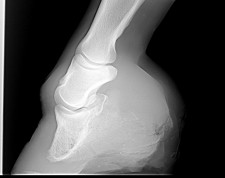



Equine Club Foot
Grades I's and mild II's can often compete without "the bad stuff" starting to occur Racehorse Easy Goer has a Grade III club foot (which ain't going to help his value at stud) Grade III's are likely to have have significant problems with anything more than the In photo 1 you can see the dish in the hoof wall is at or just below the coronary, a grade 3, whereas a dish at or just above the end of the toe would likely be considered grade 1 or 2 This club foot, as seen in photo 2 , has very straight medial and lateral walls, versus only medial orA club foot is a DEFORMITY and for any horse to win at top level competition it needs every possible advantage and no drawbacks The only way to stop continuing problems with club footed horses is not to breed from them After 11 months of gestation, it is a costly and heart breaking exercise if it results in a club footed foal




28 Club Foot Ideas Club Foot Horse Health Horse Care



2
This is the milder case of club foot; "Club feet can also be due to a pain response Often the club foot or feet are secondary to OCD lesions in the shoulder, for instance," says Burns If it's painful for the horse to put weight on that limb, or favors it a little bit, the flexor muscles eventually contract and pull the heel up, with the horse walking more on the toe Club Foot Conformation in Horses Caused by abnormal contraction of the deep digital flexor tendon, a club foot puts pressure on the coffin joint and initiates a change in a hoof's biomechanics Telltale signs of a club foot may include an excessively steep hoof angle, a distended coronary band, growth rings that are wider at the heels
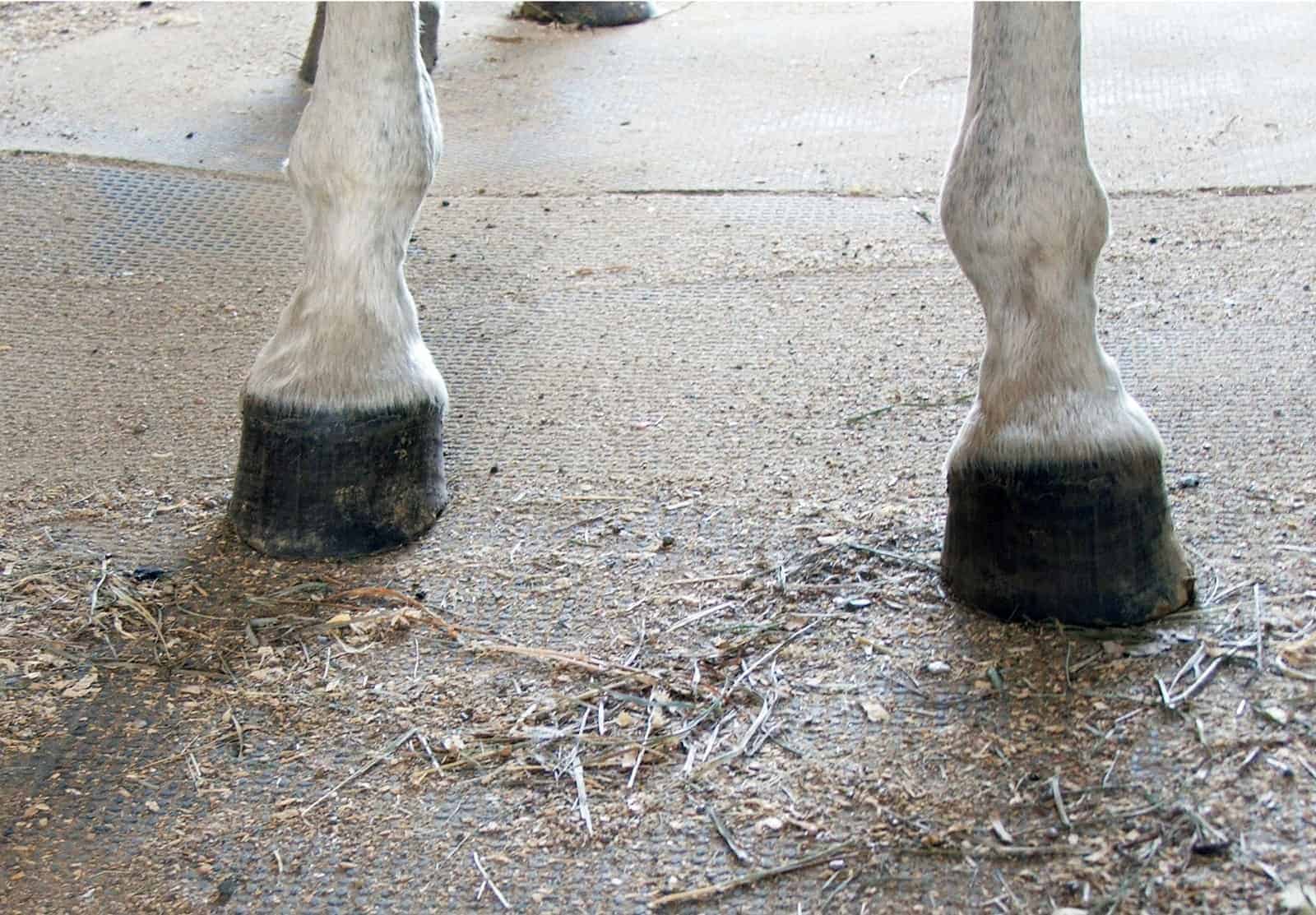



Club Foot Heritability In Horses The Horse



Club Foot Definition The Horse Forum
My horse has a club foot Can it be treated?Often referred to in grades;Grade 3 club foot has an anterior hoof wall described as dished with the heel twice as wide as the toe
.jpg)



The Iron Horse November 14




Figure 3 From Farriery For The Hoof With A High Heel Or Club Foot Semantic Scholar
He was diagnosed with a grade 3 club foot on the right front, and a grade 2 club foot on the left front In many horses similar to Colonel, we often see remodelling of the tip of the coffin bone from the chronic increased loading, and concussion of the bone due to the increased load on the toe, given the abnormal biomechanics at playA That depends on a number of factors Among these would be what phase of laminitis the horse is in acute, chronic or postchronic The appropriate treatment is dictated by the state of the disease Bottom line, the same principles apply no matter the conformation of the foot Grade IV front of coffin bone is vertical or behind the vertical Grades I's and mild II's can often compete without "the bad stuff" starting to occur Racehorse Easy Goer has a Grade III club foot (which ain't going to help his value at stud) Grade III's are likely to have have significant problems with anything more than the very




Webinar Shoeing The Club Footed Horse Youtube
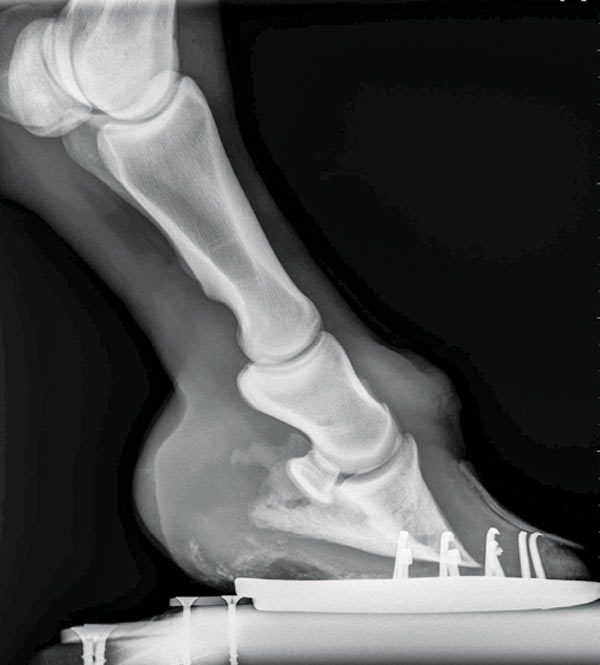



Club Foot Or Upright Foot It S All About The Angles American Farriers Journal
Any club foot that has been around a while will have a sensitive, unused, underdeveloped frog/digital cushion You can fix everything else and still have the back of the foot too sensitive for the horse to land on, which will cause the shortened stride and resulting club foot on its own – another vicious cycleI am usually good about hoof angles, as my first horse had a club foot, and I can usually "pick" up on a clubby foot LOL), is very mild, though I don't know what amount of toe vs heel angle would be considered a Grade 1 My vet assured me it was mild, and truly, until he pointed it out to me in the prepurchase, I did not notice it!




Understanding Club Foot The Horse Owner S Resource
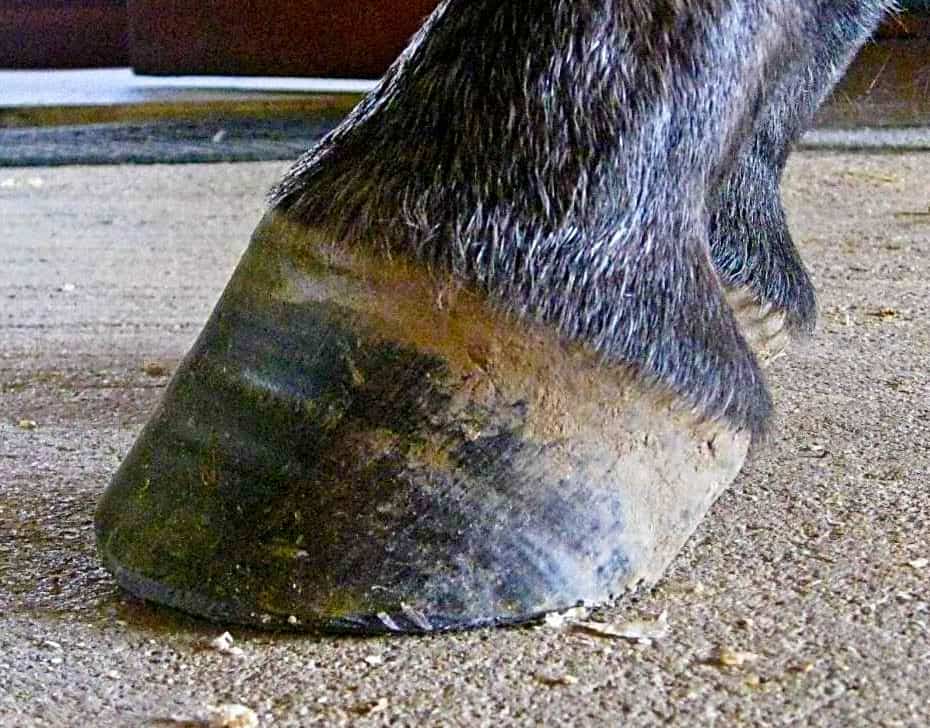



The Tolerable Club Foot The Horse
Q How should I treat a grade 3 or 4 laminitic club foot? It's not uncommon to observe minor asymmetries in any horse's feet But when there is a significant difference between a pair of hooves, typically the front, the unevenness may be attributable to club foot Club feet are estimated to be present in 5% to % of the equine population Horses with significant disparities between a pair of hooves often are separated into two categories an upright foot, or a club footHow to fix club foot by master farrier americanosThessaloniki, GreeceA comment would be appreciated




Club Foot Rehabilitation Act Trimming Strategy



1
However, club feet can vary quite a bit in appearance, and what they look like depends in part on the severity of the problem, and to a degree on the quality and timing of the hoof care they receive Club feet are graded on a scale of 14, with 1 being a mild case that may be hardly noticeable, and 4 being severeClassification system designates four grades of clubfoot2,8 A grade 1 clubfoot has a hoof axis 3° to 5° greater than the contralateral foot and displays fullness at the coronary band but is mild enough that the hoofpastern axis is aligned A grade 2 clubfootSurgery often a necessity for a horse with a club foot Flickrcom Smerikal There are three general causes of club feet genetic, nutritional, and grazing stance (with one foot forward and one back) – and a combination of these Club feet are more common in some breeds and in specific bloodlines




Shoeing Options For Club Foot In Horses
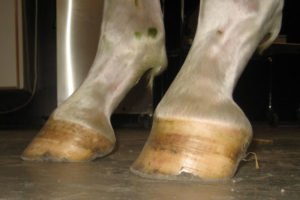



Horse Hoof Irregularities Club Foot Integrity Horse Feed
Club feet are surprisingly common, with up to 60% of the domestic horse population exhibiting at least minor characteristics Several theories address the potential causes, ranging from a genetic predisposition, to hoof or body injury, to improper trimming and/or shoeingGrade 2 has a hoof angle of 58 degrees greater, and the heel will not touch the ground when trimmed to normal length; A true club foot is significantly more upright than the other hooves, or the angles of both hoof walls are steeper than the angles of the pasterns The severity of the problem is commonly graded on a fourpoint scale Grade 1, the mildest form of club foot, might be so subtle it's hard to spot "A grade 1 might have a three to fivedegree difference between the two feet,



Equine Podiatry Dr Stephen O Grady Veterinarians Farriers Books Articles
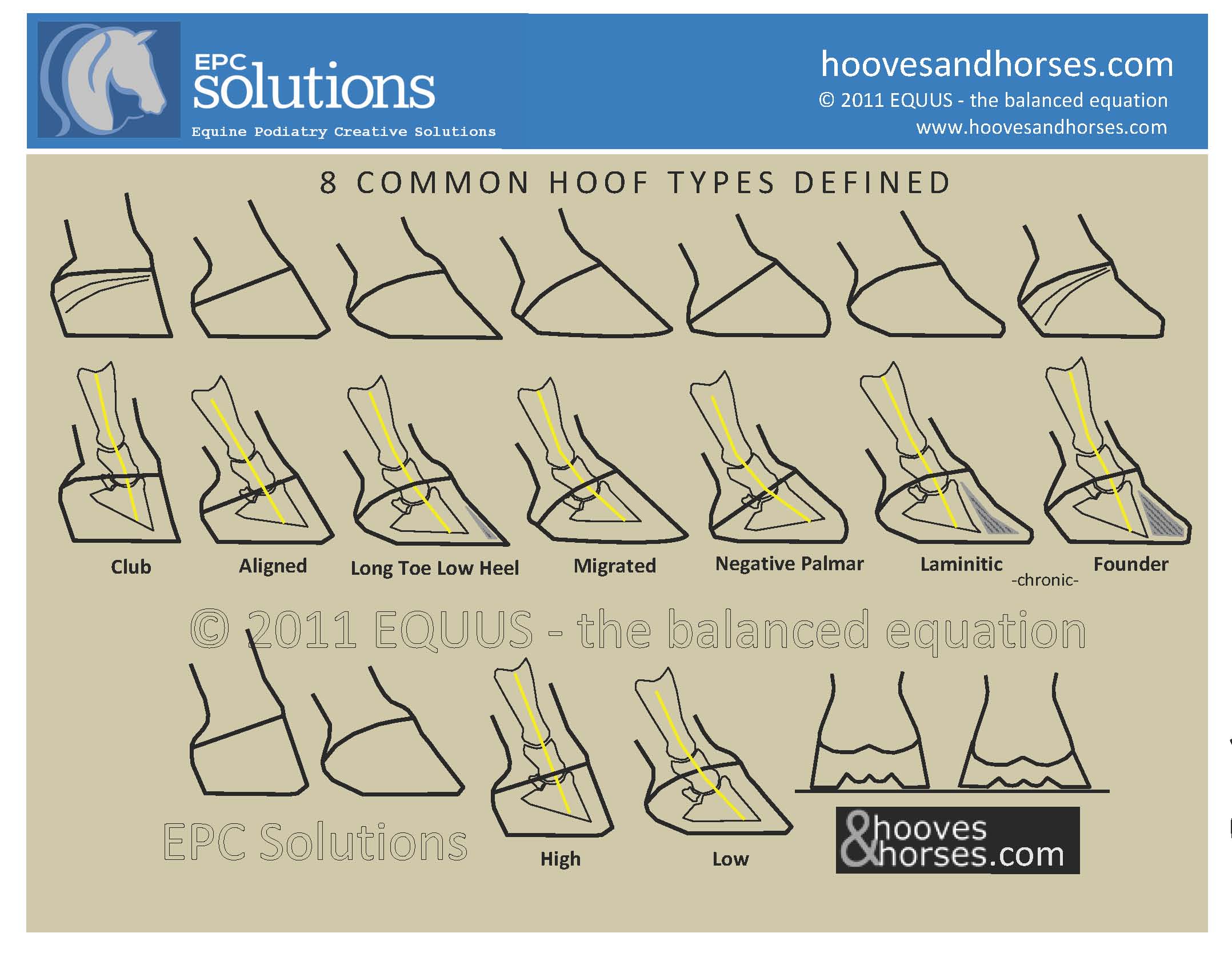



8 Hoof Types Explained
A grade 2 clubfoot is slightly more severe, with a hoof axis measuring 5° to 8° greater than the contralateral foot In a grade 2 foot, the hoofpastern axis is steep and slightly brokenforward Growth rings of the hoof are wider at the heel than at the toe, and after trimming excess hoof wall from the heel, the heel may not touch the groundGrade 1 is 35 degrees greater than the opposing foot; Or they can use a grading system ranging from Grade 1—a mildly upright hoof with a hoof angle 35 degrees steeper than the opposite foot—to the most severe Grade




Figure 11 From Farriery For The Hoof With A High Heel Or Club Foot Semantic Scholar



Lesson 4
Explore Kayla Reynolds's board "Club Foot" on See more ideas about club foot, horse health, horse careAny evidence or history of laminitis, club foot, *If the horse is under 30 days old, please submit IgG results on a separate page For Quarter Horses, Appaloosas, or Paints that have an ancestor known to carry HYPP, please indicate the horse's HYPP status (Circle one)




Recognizing Various Grades Of The Club Foot Syndrome




How To Treat Club Feet And Closely Related Deep Flexor Contraction




Club Foot Syndrome Equinenews Com Au Equinenews Com Au




Club Foot Just How Sore Is Your Horse Casey Son Horseshoeing School




Recognizing And Managing The Club Foot In Horses Horse Journals



So Called Club Foot By James R Rooney Dmv




A Club Foot Is Caused By Mobile Equine Diagnostics Inc Facebook




The Club Foot Is It No Big Deal Or A Deal Breaker
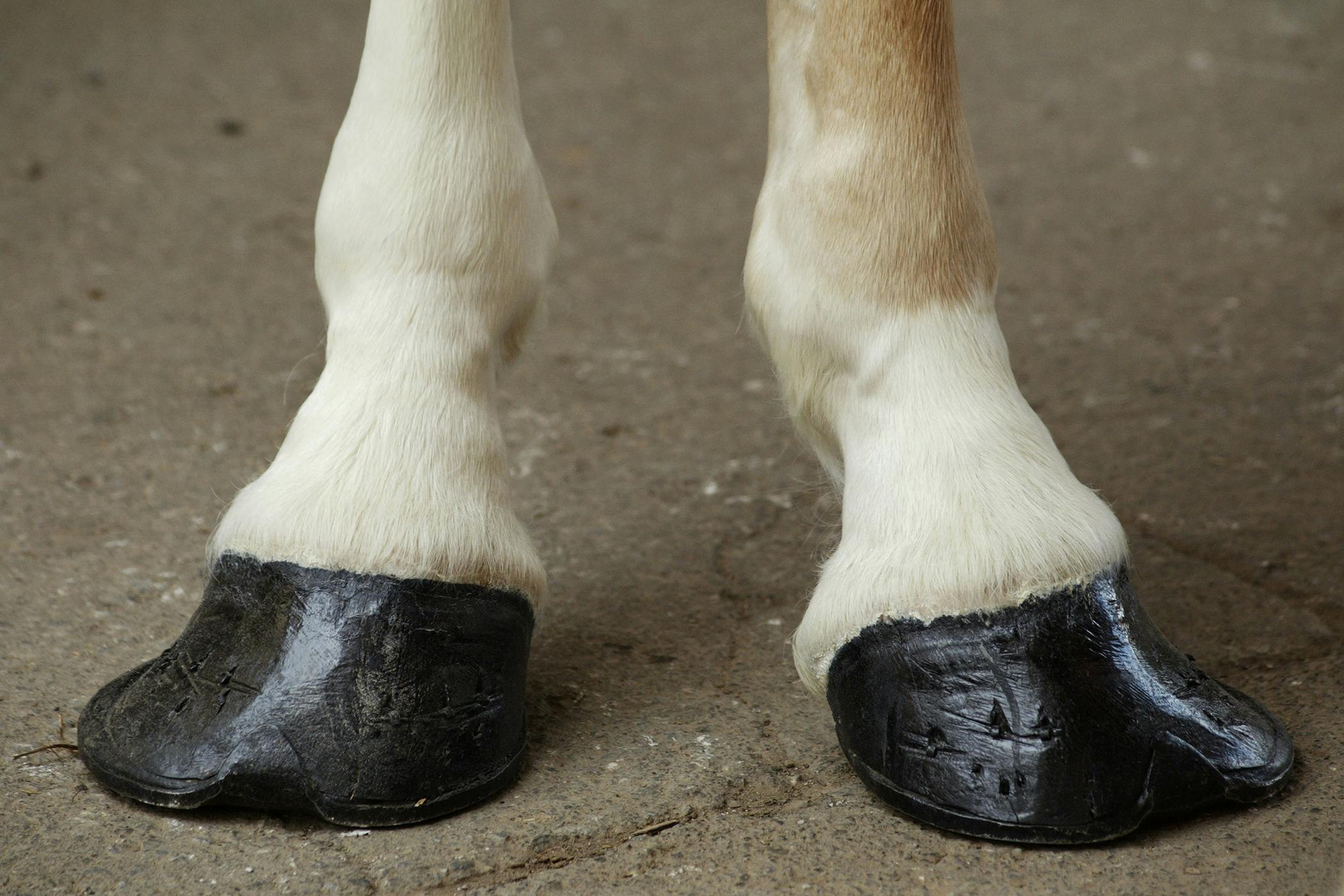



Club Foot In Horses Symptoms Causes Diagnosis Treatment Recovery Management Cost




Hoof Care Email Q A American Farriers Journal



2



1




Understanding Club Foot The Horse Owner S Resource



Shoeing News Club Grades Harness Racing Newsroom Usta Ustrotting




Managing The Club Foot The Horse



Equine Podiatry Dr Stephen O Grady Veterinarians Farriers Books Articles




Recognizing And Managing The Club Foot In Horses Horse Journals




Recognizing Various Grades Of The Club Foot Syndrome




Shoeing Options For Club Foot In Horses




Club Foot




Defining And Fixing A Horse S Club Foot American Farriers Journal




Recognizing And Managing The Club Foot In Horses Horse Journals



Club Feet The Brutal Truth David Farmilo




28 Club Foot Ideas Club Foot Horse Health Horse Care



2
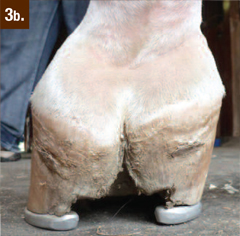



Equine Therapeutic Farriery Dr Stephen O Grady Veterinarians Farriers Books Articles




Recognizing And Managing The Club Foot In Horses Horse Journals
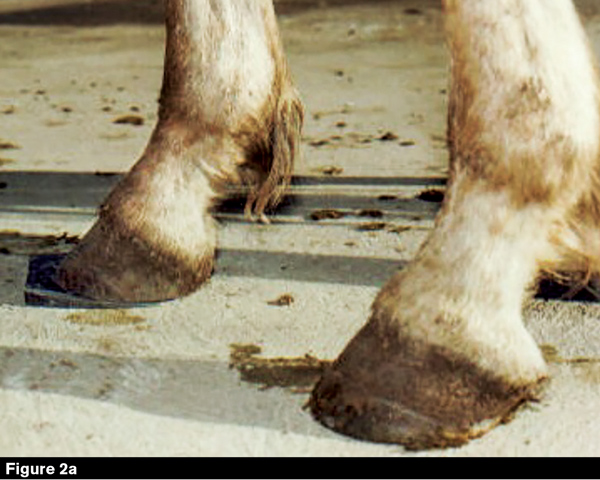



What Causes Club Feet American Farriers Journal




Hoof Conformation Vs Horse Conformation Scoot Boots Retail




Understanding Club Foot The Horse Owner S Resource



Club Foot In Horses Equine Chronicle



2



2




Understanding Club Foot The Horse Owner S Resource



Club Foot In Horses



Correct




Club Foot Ronaldmarshall




Pdf Survey Of The Occurrence Of Equine Deep Digital Flexor Tendon Contraction Clubfoot In The Main Thoroughbred Breeding Area In Japan Semantic Scholar
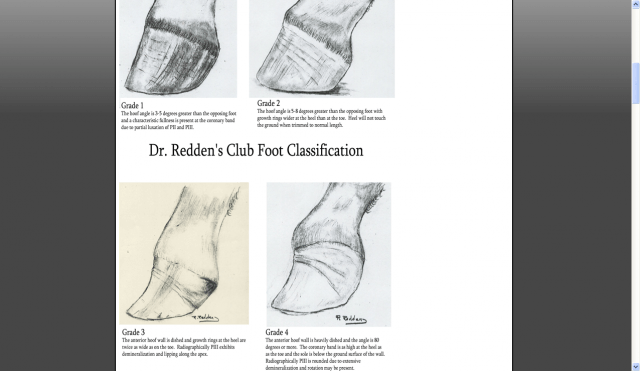



Managing The Club Hoof Easycare Hoof Boot News




Ballerina Syndrome Where The Heels Remain Off The Ground Even At The Download Scientific Diagram




Recognizing And Managing The Club Foot In Horses Horse Journals



Horse Foot



Club Foot Definition The Horse Forum




What Causes Club Feet American Farriers Journal




Shoeing Options For Club Foot In Horses



Club Feet The Brutal Truth David Farmilo
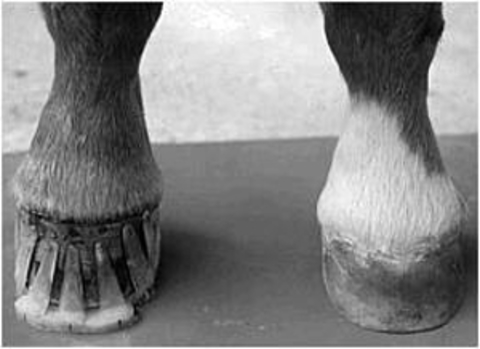



Club Feet In Foals



2




A Normal Angle Compared To A 8 Defined As A Grade 2 Club Foot Download Scientific Diagram




Recognizing And Managing The Club Foot In Horses Horse Journals
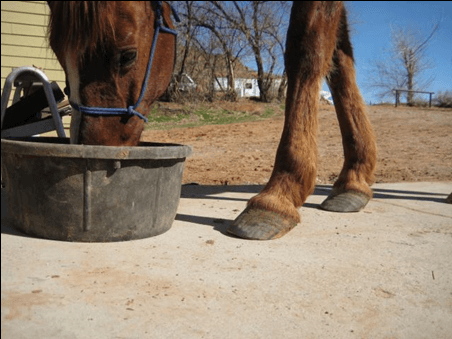



Managing The Club Hoof Easycare Hoof Boot News




Passing The Club Foot Exam American Farriers Journal




Horse Club Foot
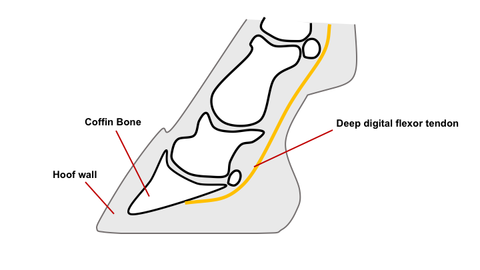



Club Feet In Foals




Recognizing Various Grades Of The Club Foot Syndrome




Recognizing And Managing The Club Foot In Horses Horse Journals




Recognizing And Managing The Club Foot In Horses Horse Journals




Recognizing Various Grades Of The Club Foot Syndrome



2
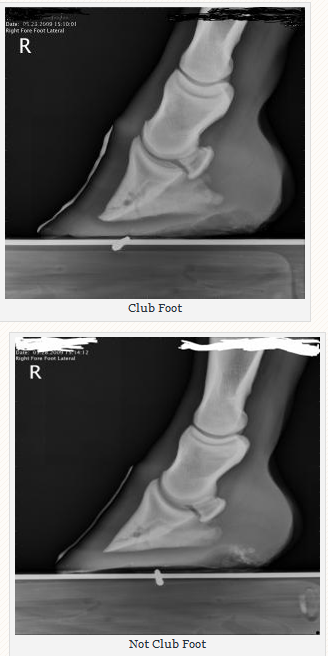



Managing The Club Hoof Easycare Hoof Boot News



2
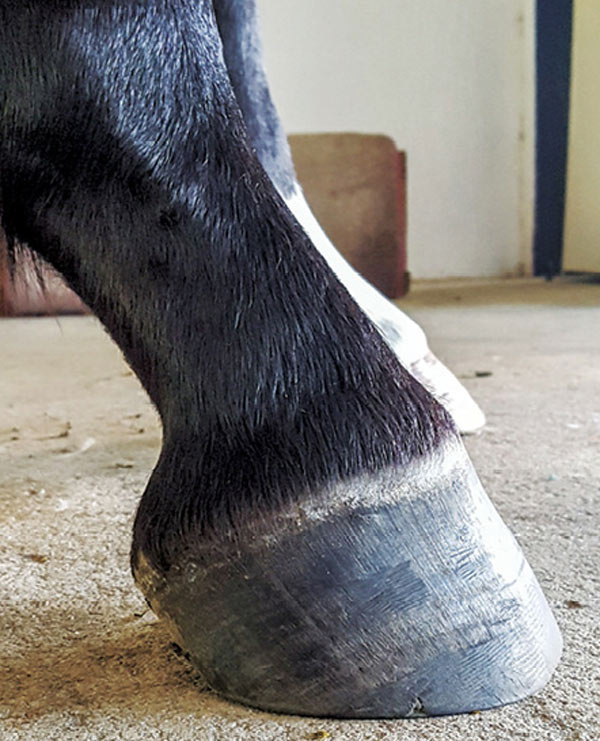



Club Foot Or Upright Foot It S All About The Angles American Farriers Journal



2
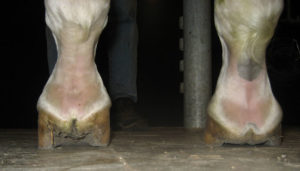



Horse Hoof Irregularities Club Foot Integrity Horse Feed




Passing The Club Foot Exam American Farriers Journal



Is This A Club Foot Horsetalk Co Nz




Understanding Club Foot The Horse Owner S Resource



Club Foot In Horses Equine Chronicle



2
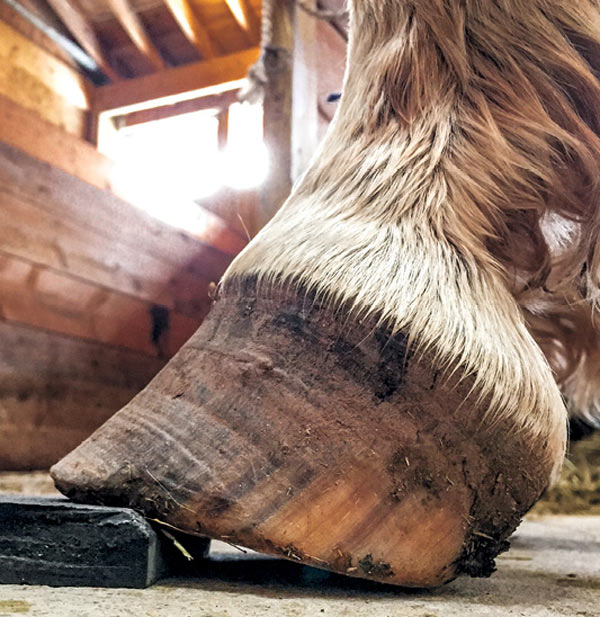



Club Foot Or Upright Foot It S All About The Angles American Farriers Journal



Club Foot




Ballerina Syndrome Where The Heels Remain Off The Ground Even At The Download Scientific Diagram




Recognizing Various Grades Of The Club Foot Syndrome




Recognizing And Managing The Club Foot In Horses Horse Journals
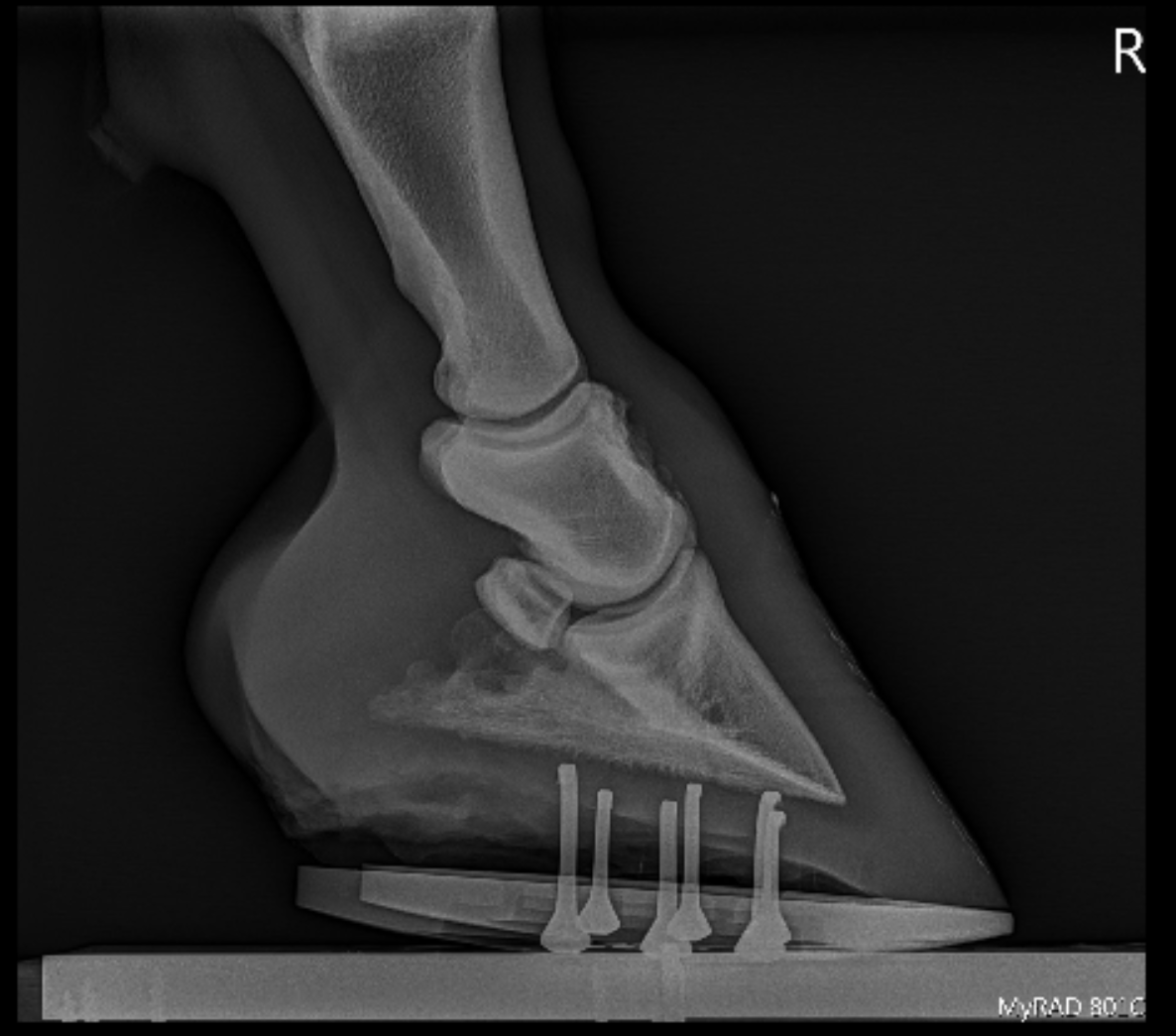



Podiatry Burwash Equine Services




Recognizing And Managing The Club Foot In Horses Horse Journals




How D That Happen Origins And Remedies For Clubfoot Horse Racing News Paulick Report




Recognizing Various Grades Of The Club Foot Syndrome



0 件のコメント:
コメントを投稿